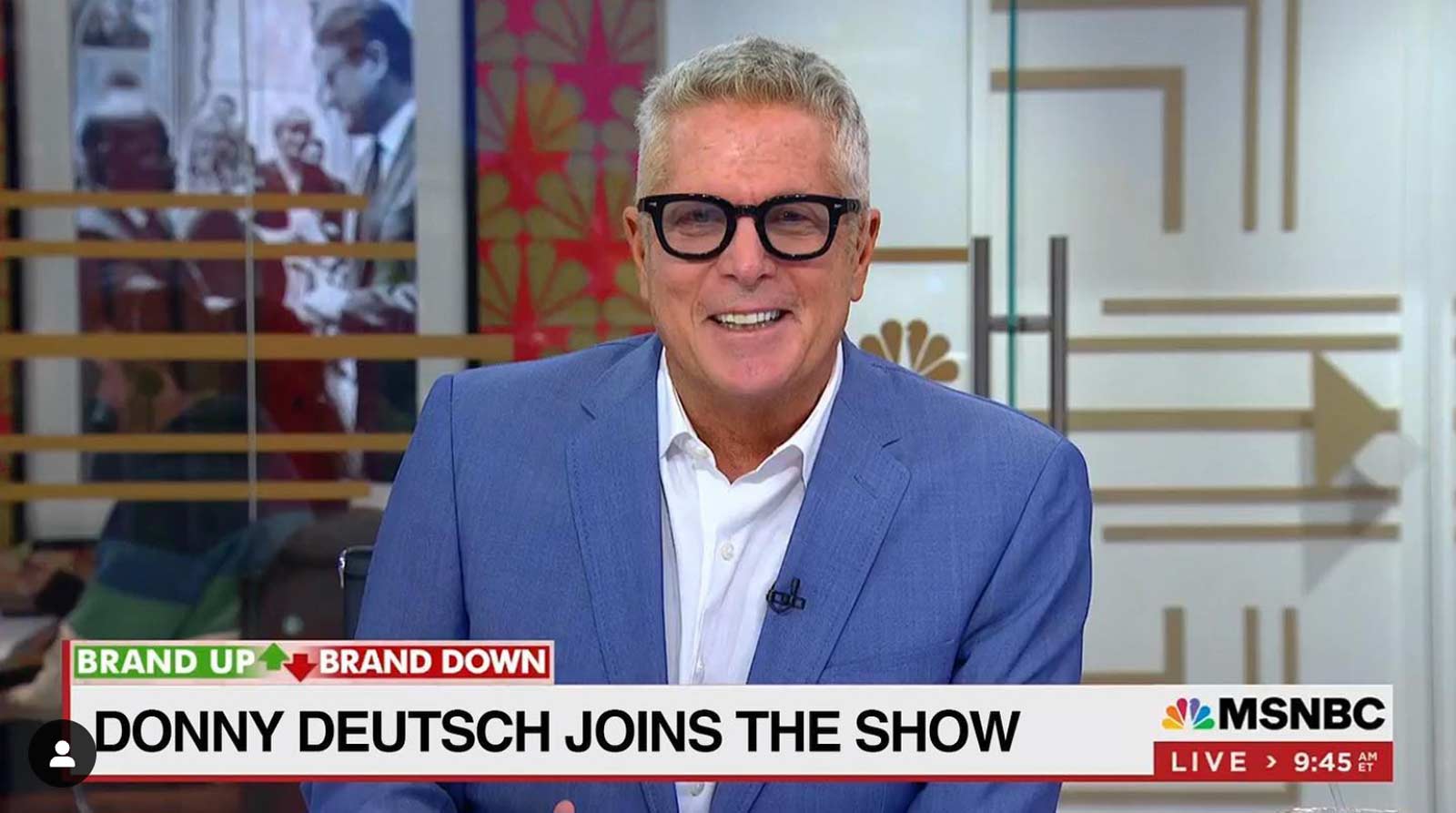Beyond the notion of NFTs as ugly jpegs
There’s a tendency in the crypto space to create our own reality, to block out the viewpoints of the uninitiated as so much white noise, convinced that they’ll eventually come around once they get it. We see this all around us, with hugely flawed assumptions that billions of people will soon be using cryptocurrencies or (the latest) the prediction half of the world’s 6.9 billion smartphone users will own an NFT within five years.
Well, no. That’s magical thinking. And nothing close to widespread public adoption will happen unless there’s a reset and a rethinking about safety, trust and value exchange.
I had a long sitdown yesterday with Rene Arana, owner of Chihuahua Tex Mex Cantina and a longtime NFT collector here in Puerto Rico, who proudly showed off his Messi and VeeFriends NFTs. He surprised me by saying that the Bored Ape Yacht Club project was part of the problem in the public’s perception of NFTs. “What’s the point of a bored ape?” he asked.
I made the same point here a year ago, when I attended NFT NYC and images of bored apes were being flashed around on Times Square billboards. A group of us asked a waitress at a Manhattan restaurant if she’d heard of NFTs. “Oh, you mean those ugly monkeys?” she said.
That, my friends, is a branding problem.
It has only gotten considerably worse over the past year with the continued scams, rug pulls and the meltdown of the crypto markets in the wake of FTX and other scandals.
To be clear, I have nothing but admiration for the Bored Ape Yacht Club, which rose to prominence during the crypto bull run in 2021-22. But I do think we need to do a better job making the case for blockchain and NFTs in a context that’s not all about a grab for quick riches.
Today on MSNBC’s “Morning Joe,” the venerable branding expert Donny Deutsch gave NFTs a “brand down” assessment. Here’s how that segment went:
Donny Deutsch: NFTs, or nonfungible tokens, were basically you bought a digital image that you own. I never got it because it’s just a digital image. All you need to know is that a year ago, with Bored Ape NFTs, Justin Bieber bought one for $1.3 million. It’s now worth $60,000 — a 95% drop. Steph Curry bought one one of these Bored Apes for $433,000, it’s down to $50,000. Sometimes when something doesn’t make sense, it doesn’t make sense. Once again, a digital image you can have on your phone that, yes, you are the original owner. It’s not art, it’s not on the wall. I’m sorry. Justin Bieber taking a big hit. I’m sure he’s OK.
Willie Geist: Mika, you took a big hit on your heavy investment in NFTs, I know.
Mika Brzezinski: I never I never got them. It didn’t make any sense to me. Remember when Trump was trying to sell NFTs?
Donny Deutsch: He was a superhero or he was a cowboy. He was an astronaut.
Mika Brzezinski: God. Yeah, you could do a lot of other types of NFTs.
That was a highly reasonable exchange, one that reflects most Americans’ feelings on the subject, from all indications.
Unfortunately, it will take some effort to wash away the public’s perception. And it begins with the name itself. So let’s embrace the effort to rebrand NFTs. Nonfungible tokens has always been a clunky moniker. So while NFTs still matter to insiders, there’s too much blowback to anyone using the term in a forum that’s not stacked with true believers — at least in the short run.
With some of our clients, we’ve started calling it simply “digital art, recorded on the blockchain.” Or, in some cases, “blockchain art,” which has a more appealing flavor than “crypto art,” which suggests a certain kind of heavily pixelated artwork, or “generative art,” which shuts out more than 99.9% of the world’s art. (Sub out the word “art” for photos, real estate, or whatever you’re planning to put on chain.)
But we need more than a rebrand. We need a decoupling from crypto.
You should be able to buy and hold art because you love it, not because you want to flip it overnight.
You should be able to get long-term utility out of most goods minted on the blockchain.
You should be able to buy blockchain art with a credit card without the need to have Ether, Tezos, Solana, Binance, Wax or Bitcoin in your wallet.
A couple of marketplaces support this. Many more need to.
Let’s go, folks. If we ever expect the public to embrace the enormous potential of blockchain and Web3, we need to get to work.






